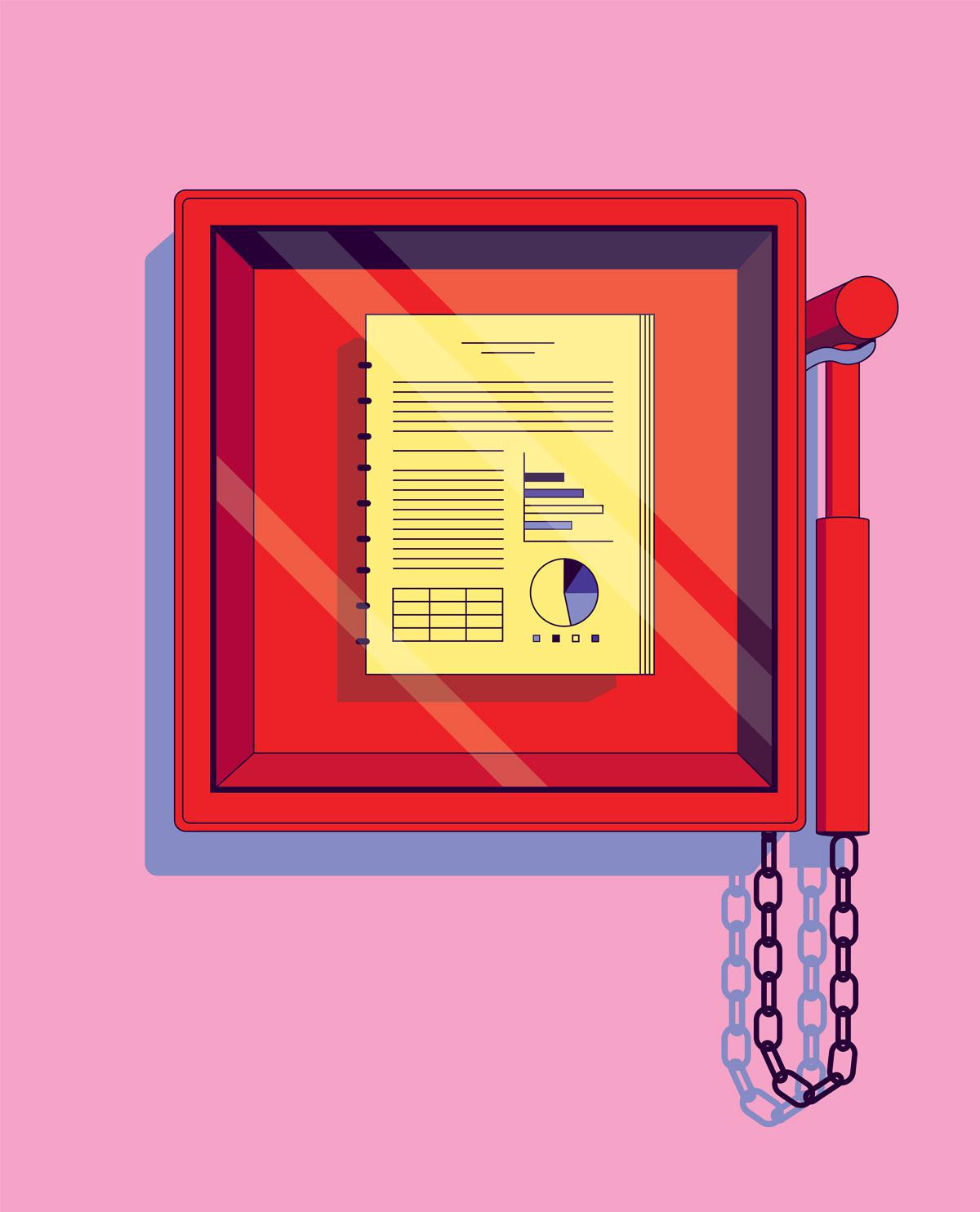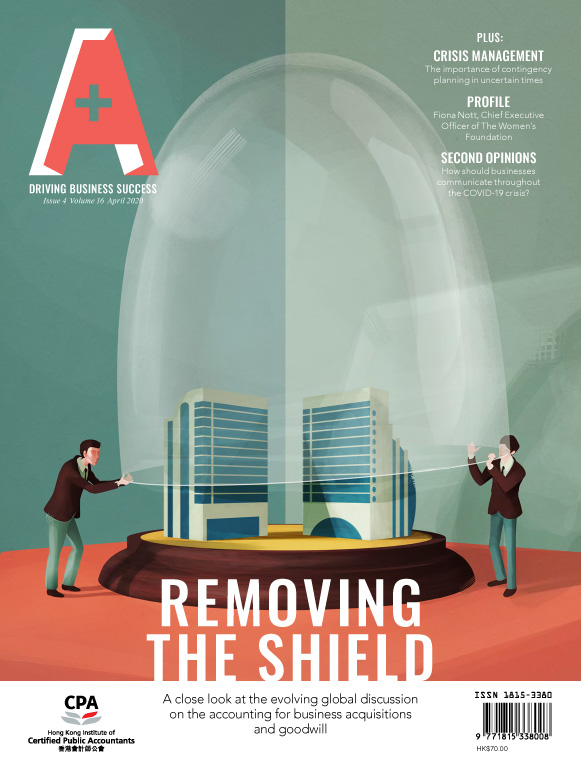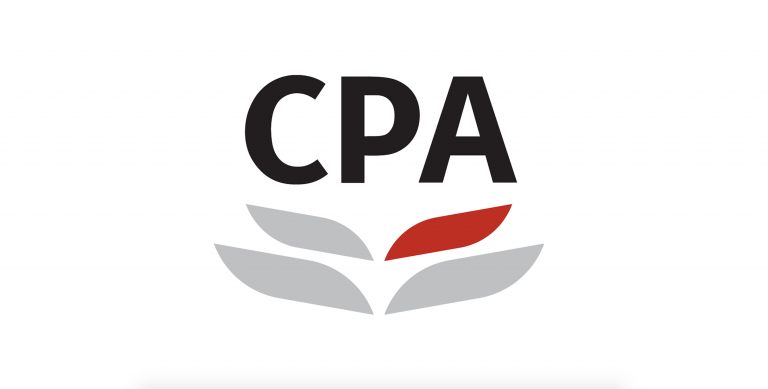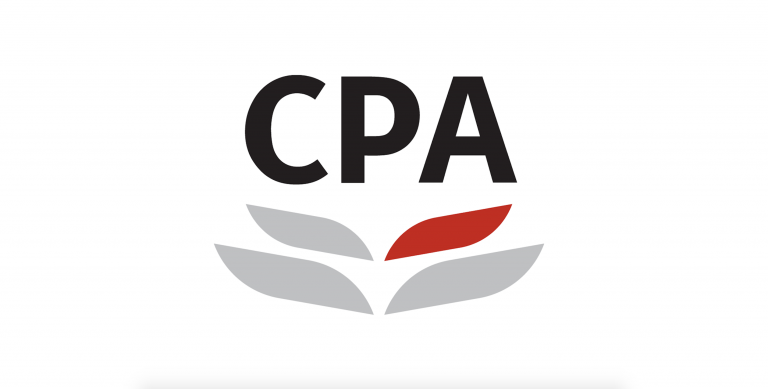In February, employees from Jaguar Land Rover, the United Kingdom’s largest car manufacturer, flew back from Mainland China with suitcases full of Chinese-made car parts. Even with this action, the group, which produces nearly 400,000 vehicles a year in its three U.K. factories, warned it was at risk of running out of parts in just two weeks due to the disruption the coronavirus outbreak had caused to its supply chains. Ralf Speth, Chief Executive Officer of Jaguar Land Rover, said at the time: “We are safe for this week and we are safe for next week and in the third week… we have parts missing.”
From broken supply chains to falling consumer demand to staff being prevented from going into the office, businesses around the world are being impacted by the coronavirus pandemic. The World Economic Forum has estimated that a short-lived outbreak could lead to a 3 percent contraction in global gross domestic product in 2020. Meanwhile, with travel restrictions and social-distancing measures expected to remain in place for many months, economists are predicting rising levels of corporate layoffs and bankruptcies throughout the year.
The pandemic has highlighted the importance of contingency planning and crisis management for companies, and the consequences of not being prepared.
Even before the current outbreak, a host of issues, ranging from climate change to geopolitical tensions, were creating increased risks to companies’ business plans. John Donker, Partner, Forensic Services, at PwC, says managing a crisis is now a fact of business life. In PwC’s Global Crisis Survey 2019, conducted well before the current situation, 69 percent of participants reported having experienced at least one crisis in the past five years, with 95 percent anticipating facing one in the future. “Whether it is a global event or a more isolated one, like a cyber-attack or social media attack, the risk is there and how a business is able to deal with and emerge from a crisis is directly related to how well it’s prepared,” Donker says.
Christopher Arnold, Head of Small and Medium Enterprises/Small and Medium Practices (SMEs/SMPs) and Research at the International Federation of Accountants (IFAC), agrees: “In these unprecedented and uncertain times, it is more critical than ever for all organizations, including SMEs and SMPs, to focus on crisis and risk management, as well as business continuity planning.”
Rani Kamaruddin, Partner, AML and Sanctions Regulatory Compliance, at KPMG China, points out: “Most companies have contingency plans for short-term disruptions, such as typhoons or serious flooding, however, these plans may not be adequate in the face of a challenge that may be larger in scale or more severe by its nature, such as the COVID-19 outbreak.”
Failing to have a contingency plan in place can have wide-ranging implications for a company. Matthew Li, Founder of NOVA CPA and a Hong Kong Institute of CPAs member, points out that potential impacts include everything from lost revenue and loss of corporate reputation, to human resources (HR) problems, potential health and safety liabilities and even higher insurance premiums in the future.
Creating a contingency plan
Agnes Chan, Managing Partner, Hong Kong and Macau, at EY and an Institute member, describes a contingency plan as being a blueprint for an organization to deal with an unusual event and enable it to return to its usual business operations as soon as possible. She suggests that a key first step in contingency planning is to create a cross-function crisis management team. This should include the company’s head, as well as representatives from frontline professionals, legal, IT, HR and corporate communications departments, and office administration.
Edward Au, Southern Region Managing Partner of Deloitte China, says that in order to respond to incidents rapidly and effectively, and to minimize the impact on the business, companies should set out the tasks, roles and responsibilities of key players, such as people in HR, marketing and finance, in their contingency plan. He adds that the most successful plans contain a number of core elements, including launching and sustaining a crisis command centre, supporting talent and strategy, maintaining business continuity and financing, and shoring up the supply chain, as well as staying engaged with customers and the business ecosystem, and strengthening digital capabilities.
Kamaruddin suggests companies should also plan for alternative work arrangements, such as having a second site where critical business activities can continue to be performed to limit disruption to the business. She adds that in the current situation, some companies have had to rent additional office space to ensure they can maintain distancing measures among staff. “Plans should also include measures to ensure timely and accurate communication with employees, customers and third parties, such as vendors and suppliers, to reassure them that you will stand shoulder-to-shoulder with them during these challenging times,” she says.
“Plans should also include measures to ensure timely and accurate communication with employees, customers and third parties, such as vendors and suppliers, to reassure them that you will stand shoulder-to-shoulder with them during these challenging times.”
Arnold at IFAC suggests SMEs and SMPs base their continuity plans on a PPRR framework, covering the four elements of prevention, preparedness, response and recovery to ensure minimal disruption to the company’s operations. He says companies should consider factors such as what supplies are critical to keep the business operating and how they will be obtained if global supply chains are disrupted, as well as closely monitoring cashflow on a daily and weekly basis. IFAC’s Guide to Practice Management for SMPs includes a module on risk management, which covers business continuity planning and disaster recovery.
“The key to business continuity planning and disaster recovery is to look at it as an entire function and document the various components in one plan,” Arnold says. “It can include an emergency pack, that has documents, such as a list of employees with contact details, a list of customer and supplier details, financial and banking information, and insurance company details. It may include equipment such as back-up hard drives and security codes.”
He adds that a procedures manual, which fully documents the processes and operations, should be prepared and the whole emergency pack should be stored safely and securely, possibly off-site.
When creating his company’s own contingency plan and advising clients on theirs, Li at NOVA CPA says it was important to look at the company’s IT infrastructure, including back-up and recovery systems. “If your IT staff is unable to physically manage your data centre, your company might have trouble responding to the current crisis. That is where cloud-based, fully automated disaster recovery services come in,” he says.
Indeed, having access to data is important in helping companies prepare for uncertainties and respond to crises, according to Terry Smagh, Senior Vice President and General Manager, Asia Pacific and Japan, at enterprise software company Blackline. “Data is power and those organizations that can access and communicate reliable information will be best prepared, even identifying issues before they become crises,” he says. “Finance teams need to have access to key performance indicators and financial metrics, both actuals and forecasts. By organizing such information into dashboards, leaders can make quick assessments and even faster decisions.”
The risks businesses face are constantly evolving, so contingency planning should not be seen as a one-off exercise that can be put to one side once completed. Instead, Arnold says companies’ plans and approach will need to be regularly reviewed, and in the current environment, they may have to do this on a daily basis.
Contingency plans should also be tested before they are needed. Donker at PwC says: “Stress-testing the plan with simulations before a crisis hits gives a company the chance to iron out any issues.”
Mastering flexible working
In the current crisis, introducing flexible working has been a key element of many companies’ contingency plans. Chan, who oversees EY’s cross-functional crisis management team, says EY’s first priority in response to the coronavirus outbreak was safeguarding the well-being of its employees. As a result, it introduced flexible working arrangements in January, including working-from-home and having team rotations in its offices to enable it to continue to operate as usual while safeguarding staff.
Li at NOVA CPA suggests companies should get input from all parts of their organization when setting up home-working to help ensure the transition is smooth, with policies put in writing so that employees have clear guidelines. “Set goals and establish guidelines to help remote workers know what is expected of them so they can successfully meet their deadlines,” he says.
But having staff working outside of a company’s IT network and infrastructure creates access and security challenges. As a result, Donker says companies must ensure employees have the technology to be able to work remotely and securely, including having laptops and the means to connect to the company’s systems using virtual private networks (VPN). He adds that companies should also stress-test the bandwidth of their VPNs to ensure there is sufficient capacity for all of their critical employees to access it at the same time.
It is also important when using new tools for collaboration, such as third-party apps, to focus on data security and confidentiality. “Some tools are advanced in technology and user experience but have relatively poor security capabilities, which may lead to potential data leakage. It is also important to check whether cross-border data transfer is allowed when sending information, such as personal information, to parties in other countries,” Au at Deloitte says.
Kamaruddin at KPMG suggests cloud-based solutions should be incorporated into a company’s overall business contingency plan. “Establishing cloud offices enables more effective cooperation and remote desktop access could be a solution to enable the continuation of working from home,” she says.
Aside from the technology, human elements also need to be considered, with a culture of trust and respect created between employers and their staff, Donker at PwC stresses. “Working remotely and without the interaction with fellow employees can, for some, be a lonely and isolating experience, especially if the cause of the crisis is, in itself something as worrying as a health crisis,” he says. “We would recommend that employers should put in place support mechanisms to ensure employees stay connected to teams, and promote a sense of belonging to the organization.”
Arnold at IFAC agrees: “Management needs to recognize the disruption caused will impact employees in different ways, for example the balance of work and home-life, especially with those with children. A flexible approach is vital.”
The role of CFOs and CPAs
The top priority for chief financial officers in these circumstances should be conducting a financial stress-test and keep expenses in check. “If the impact is material and former budget assumptions and business plans are no longer relevant, CFOs should remain agile and revise them,” says Chan.
Au suggests CFOs should also review their company’s existing debt and credit facilities to ensure they have cash available. “Most importantly, the CFO should also evaluate the state of resources available to the company and set up a plan to reduce cash outflows quickly to save cash while the company is recovering from a loss,” he says.
Li adds that CFOs should create a short-term cash flow monitoring system to predict cash flow issues and monitor liquidity risks. “They will also want to keep a strict eye on working capital, especially as it relates to collecting receivables and managing inventory build-up,” he says. He points out that companies will also need to monitor direct cost escalations and how these impact their overall product margins. In some cases, it might be necessary to act quickly and renegotiate new terms with suppliers or customers.
CFOs will also need to assess any potential losses they will incur as a result of a crisis situation, such as if they have had to cancel live events that were forecast to generate leads and revenue, and work out how they can fill this void.
CPAs in general have an important role to play in helping their clients plan for a crisis. They can help companies develop, assess and test their contingency plans, including running simulations within the business, leveraging on their intimate knowledge of the interdependencies of a company’s business operations. Chan points out that CPAs can help organizations to formulate corresponding risk management strategies, and perform risk identification and analysis according to different scenarios – all integral parts of creating a contingency plan.
CPAs can also help companies stress-test their financial plans for the next one to three years, considering multiple different scenarios, according to Li. He adds that when experiencing a crisis, companies may need help revising their business plans or budgets to remain agile, as well as reviewing operating costs to try to reduce any non-essential expenses.
“CPAs who are able to extract real-time insight, instead of months-old data, will enable leadership to pivot quickly to meet customer and stakeholder demands and respond effectively during challenging times.”
Smagh at Blackline says CPAs can help their clients by providing real-time visibility and analysis of their financial assets and resources. “CPAs who are able to extract real-time insight, instead of months-old data, will enable leadership to pivot quickly to meet customer and stakeholder demands and respond effectively during challenging times,” he says. Smagh adds that having access to information can help assess the viability of alternative measures or calculate a company’s exposure, both internally and externally, to various issues, helping an organization determine the best way forward.
Arnold points out that SMPs already have an extensive understanding of their clients’ business operations, putting them in an ideal position to provide assistance in a crisis.
In some cases, he suggests CPAs may be able to advise clients on new business models, such as helping a restaurant offer takeaway services, including managing online payments and deliveries, while for others that have to close completely during lockdown, they can help access government support, renegotiate payments with suppliers or creditors and look at what assets could be sold to raise cash.
“The COVID-19 crisis will likely change the course of history,” Arnold says. “The uncertain and unpredictable environment provides an opportunity for professional accountants to elevate their role as the strategic, trusted, business adviser.”
How integrated reporting mitigates crises
Integrated reporting can help companies build sustainable business models that are better able to mitigate crises. The practice, which began after the global financial crisis, aims to help companies recognize values and risks beyond just the financial.
Jonathan Labrey, Chief Strategy Officer at the International Integrated Reporting Council (IIRC), explains: “If companies are only managing their financial resources and are only accountable for their financial results, they are missing out on a lot of potential value in terms of human capital, intellectual capital and other types of value that go into building a sustainable business.”
He adds that at the same time, companies also need to recognize things that were previously considered to be non-financial risks, such as climate change, over the short, medium and long term, as these issues now pose a risk to a business’ financials. “It is no longer satisfactory to separate financial and non-financial issues,” Labrey says.
Integrated reporting also aims to bring an end to siloed thinking and decision-making within companies, and instead connect different teams and information within an organization to promote integrated thinking.
The IIRC has developed a framework that helps companies recognize different types of capital and navigate different risks over different horizons to create sustainable long-term value. “Incorporating these elements is the best way of ensuring a resilient business model that helps companies orientate through really challenging times, like the one we are going through at the moment,” he says.
Integrated reporting can also be a powerful tool for companies in their contingency planning as it highlights the various challenges they may face in the future. “It provides insight and foresight that is really helpful as a governance tool that should help to support businesses doing their contingency planning,” Labrey says.
He adds that companies have often adopted integrated reporting in the aftermath of crises, and he expects to see increased take up of the practice as companies navigate their way out of the current situation. “We hope our framework can be a useful tool in helping businesses navigate what are going to be uncertain and difficult times that are coming down the track, even as we start to recover from the current crisis.”
In PwC’s Global Crisis Survey 2019, 69 percent of participants reported having experienced at least one crisis in the past five years, with 95 percent anticipating facing one in the future.



















